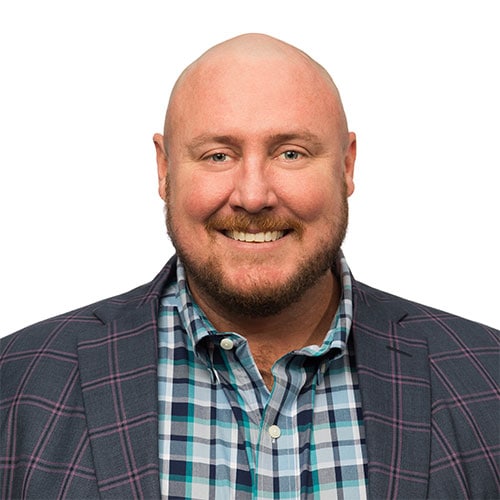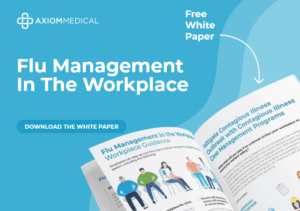Healthcare professionals are exposed to various dangers, from infectious diseases to workplace violence. One often-overlooked danger is the risk of injury from lifting, pulling, and pushing patients or equipment.

The Bureau of Labor Statistics recorded 623,000 injuries and illnesses in the healthcare and social assistance industry in 2021. Workplace injuries and illnesses are most common in the healthcare and social assistance industry, surpassing retail, manufacturing, and transportation.
Injuries sustained at work can have severe consequences for healthcare workers, including chronic pain, missed work, and disability.
Here are some of the most common injuries among healthcare workers and some practical tips to prevent them.
1. Musculoskeletal Injuries
Healthcare workers are prone to musculoskeletal injuries due to the job’s physical demands. These injuries can affect the back, shoulders, neck, and arms and can be caused by lifting patients, transferring them from beds to wheelchairs, and pushing heavy equipment.
Healthcare workers can prevent these injuries by using proper lifting and transfer techniques, maintaining good posture, taking frequent breaks, and using assistive devices such as hoists and slings.
2. Needlestick Injuries
Needlestick injuries are a significant risk in healthcare settings, with over 385,000 incidents reported each year. These injuries can result in the transmission of infectious diseases such as HIV, hepatitis B and C, and others.
Healthcare workers can protect themselves from needlestick injuries by using safety devices such as retractable needles and sharps disposal containers, wearing gloves, and following proper disposal procedures.
3. Burn Injuries
Healthcare workers are at risk of burn injuries from exposure to chemicals, radiation, and hot liquids. Burns can cause severe pain, scarring, and long-term disability.
To prevent burn injuries, healthcare workers can use personal protective equipment such as gloves, gowns, and face shields, follow safety procedures when working with chemicals and radiation, and be cautious when working around hot liquids.
4. Work-Related Stress
Healthcare workers are subject to high levels of work-related stress due to long working hours, heavy workloads, and exposure to traumatic events. Prolonged stress can lead to physical symptoms such as chronic pain, headaches, gastrointestinal problems, and mental health problems such as depression and anxiety.
Healthcare organizations can prevent work-related stress by providing staff with training, resources, and support to manage stress, creating a safe and respectful work environment, and promoting work-life balance.
5. Workplace Violence
Healthcare workers are 20% more likely than other workers to experience violence, and 4x more likely to take time off work for workplace violence-related injuries than any other injury. They are exposed to violence from patients, visitors, and coworkers, which can result in physical and emotional harm. Violence can occur in various forms, such as physical assault, verbal abuse, and sexual harassment.
Healthcare organizations can prevent violence by implementing policies and procedures to identify and manage risks, providing staff with training and resources to manage violent incidents, and offering support and resources to staff who have experienced violence.
Healthcare workers face numerous hazards on the job, ranging from infectious diseases to workplace violence. However, it’s essential not to overlook the risk of injury from lifting, pulling, and pushing patients or equipment.
Musculoskeletal injuries are a significant issue among healthcare workers, followed by needlestick injuries, burns, work-related stress, and violence. To prevent these injuries, healthcare organizations must prioritize employee safety and implement strategies such as:
- proper lifting and transfer techniques
- personal protective equipment
- safety devices
- training and resources to manage stress and violent incidents
- policies and procedures to identify and manage risks
By taking these crucial steps, healthcare workers can stay safe on the job and reduce the risk of injury and illness.
Axiom Medical provides robust and comprehensive occupational health services for healthcare professionals, a sector known for its high-risk environment. Understanding the inevitability of injuries and illnesses within this industry, Axiom Medical designed solutions to address workplace incidents promptly and effectively.
Our dual physical + mental health approach ensures that workers receive timely diagnosis, treatment, and support, minimizing downtime and promoting faster recovery. Curious as to how we do it?
Charli Pedersen is a published writer featured on Axiom Medical’s blog. She holds a bachelor’s degree in English, Professional and Technical Writing, and has experience creating content for businesses and non-profit organizations.










